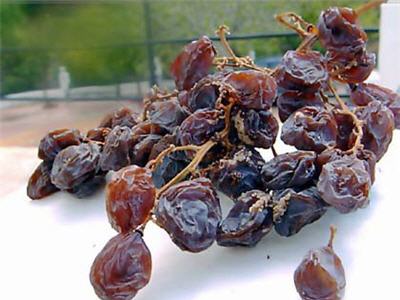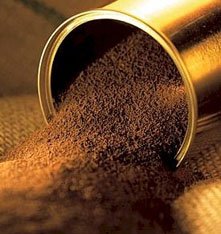3. Conservation of food
To preserve food is to avoid that microorganisms increase their population which produces changes in the organoleptic properties of food: flavor, smell, colour... There are many different methods to preserve food, but we will study only three of them.
- Methods based on cold. If the temperature goes down, microorganisms couldn't reproduce themselves in the same way as they could do at higher temperatures. In refrigeration, temperature must be between 0 ºC and 4 ºC. In freezing, temperature is lower than -18 ºC.
- Methods based on heat. When heat is given to food, the largest part of microorganisms is eliminated. In sterilisation, temperature of food is higher than 100 ºC. In pasteurization, the temperature of food is raised until a value between 65 ºC and 75 ºC, during a short time, and after that, the temperature goes down quickly.
- Drying food. This is another method to preserve food. Water contained in food is eliminated -by different methods- and microorganisms can't survive without water.
Different methods of drying food
In the next video she explains the diference between dehydrating foods and freeze-dried foods. An example of dehydrating food is raisin (dryed grape), and an example of freeze-dried food is instant coffee. Look at the pictures:
 |
 |
| Dehydrating food |
Freeze-dried food |
1) Which of the following conditions are the most suitable for microorganisms to grow in?
Hot and dry
Damp and warm
Wet and hot
Cold and warm
2) Food preservation is a process by which…
Microorganisms are killed
Food is treated so that is will keep longer
Microorganisms are removed from food
Food is made more tasty
3) What will happen if we eat spoiled food?
We will faint instantly
We can get food poisoning
Our growth can be retarded
The body becomes smelly
It is your turn
Look for information on the internet and write a text explaining how the following preservation methods work: a) salting; b) pickling and c) canning.
© 2013 ejercicios-fyq.com